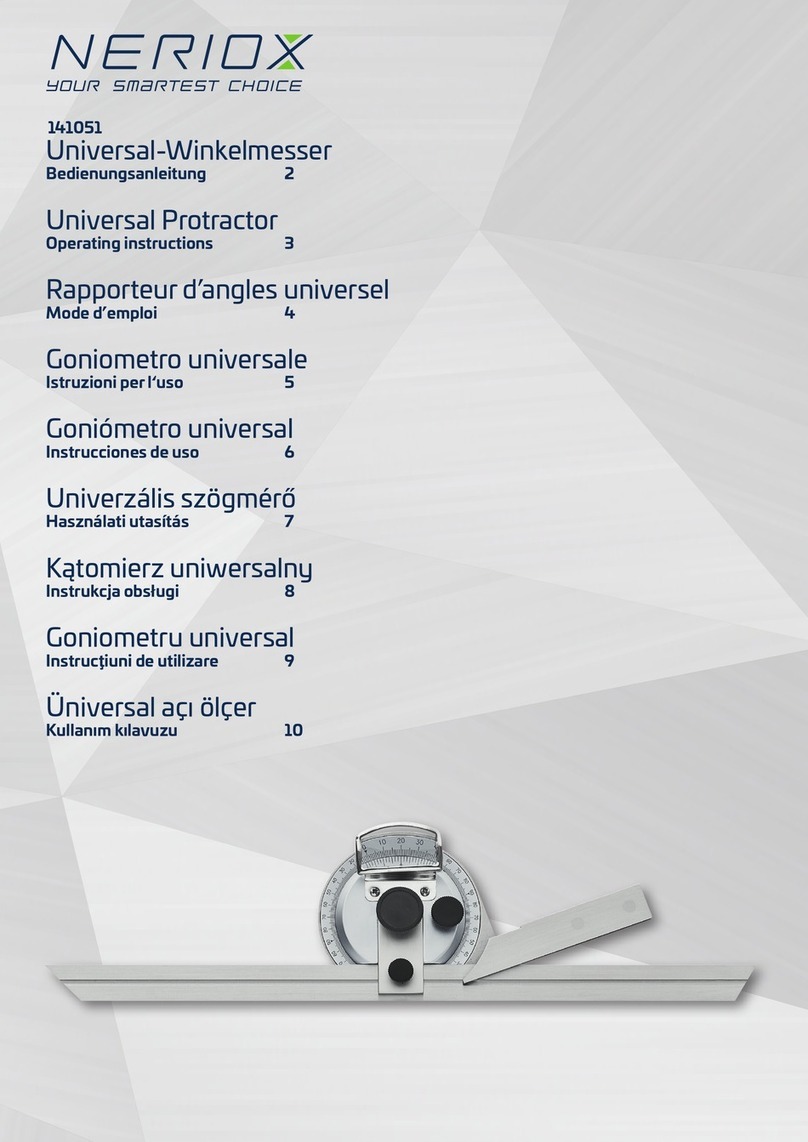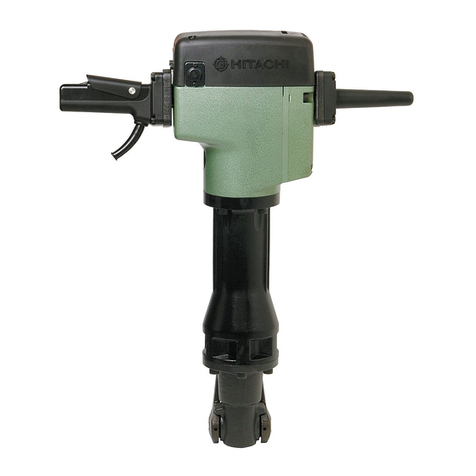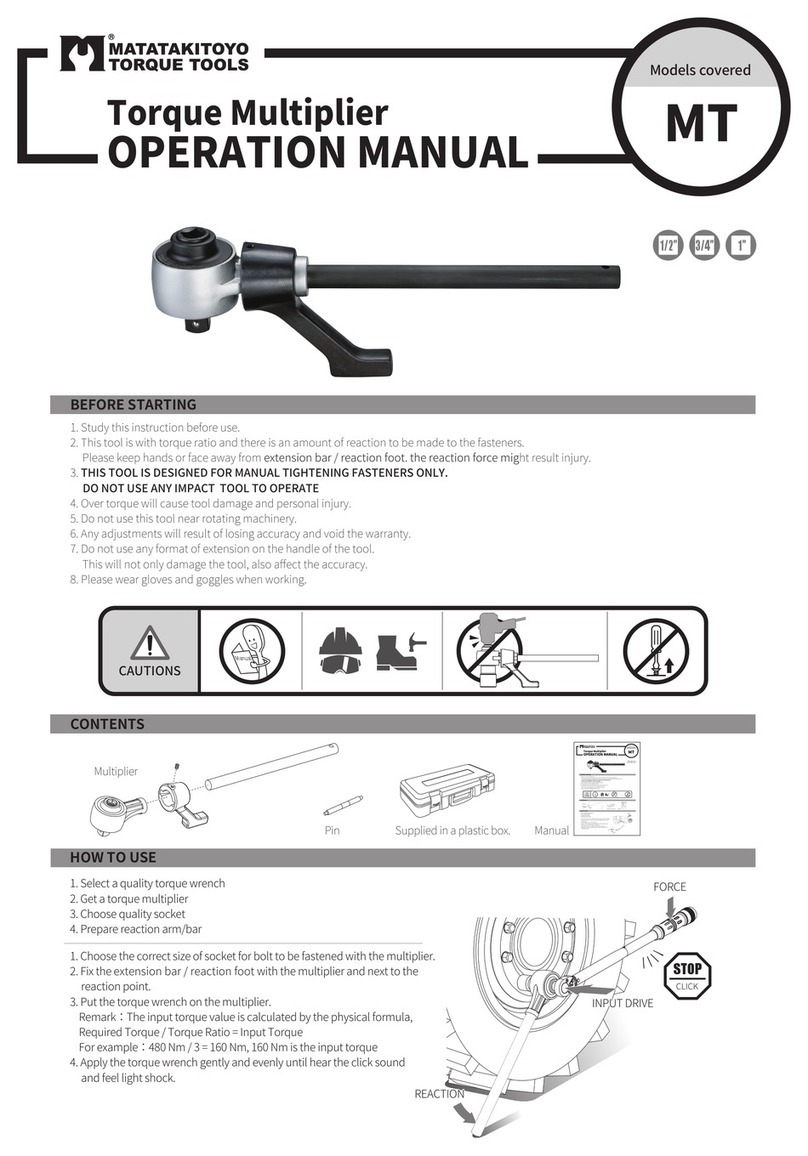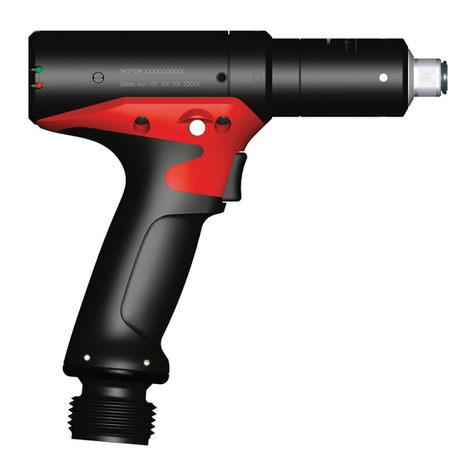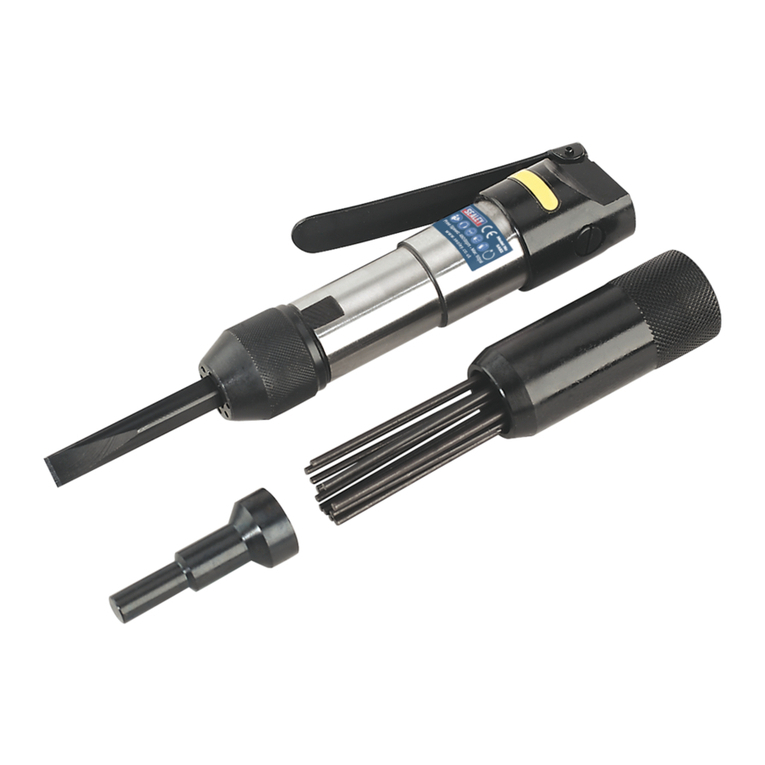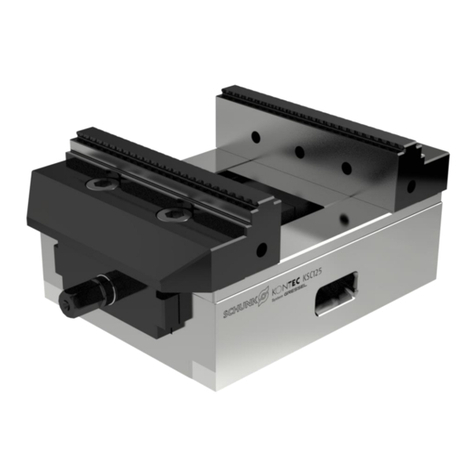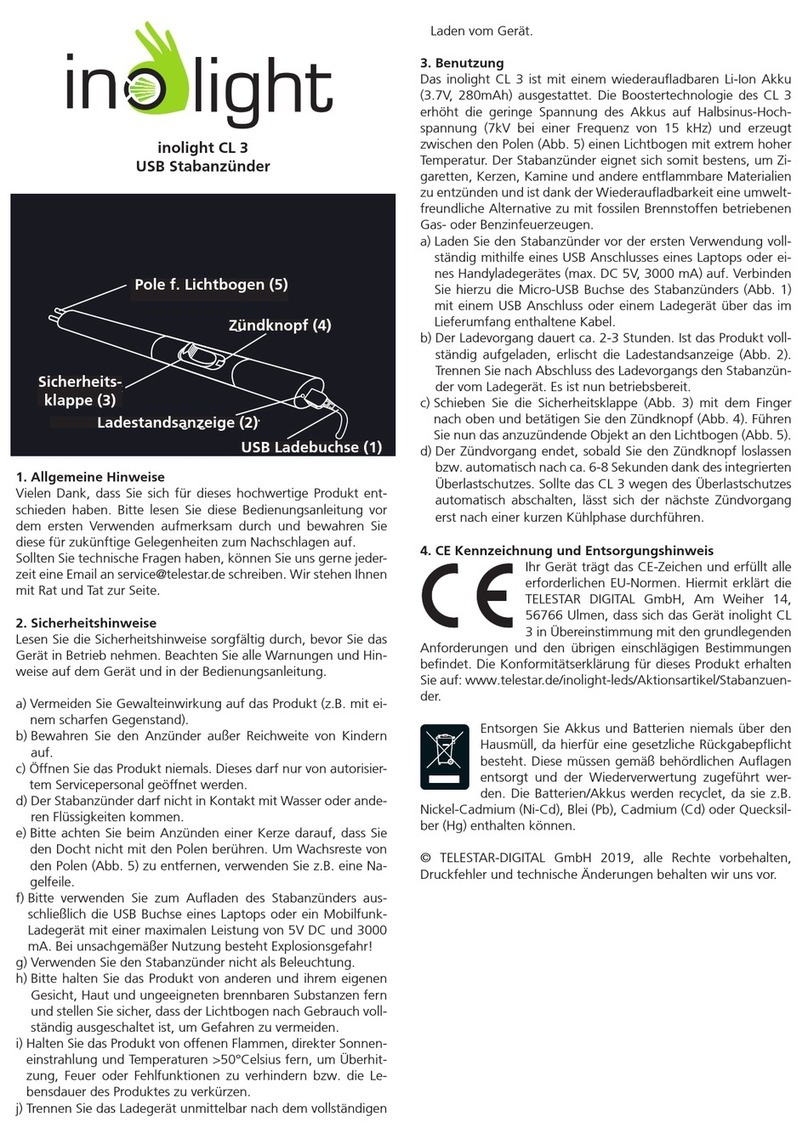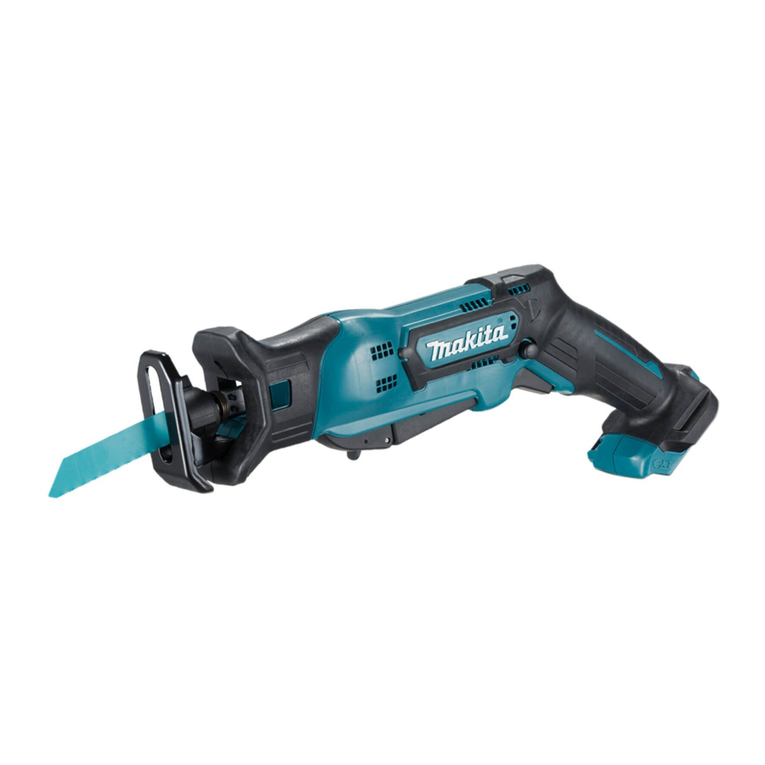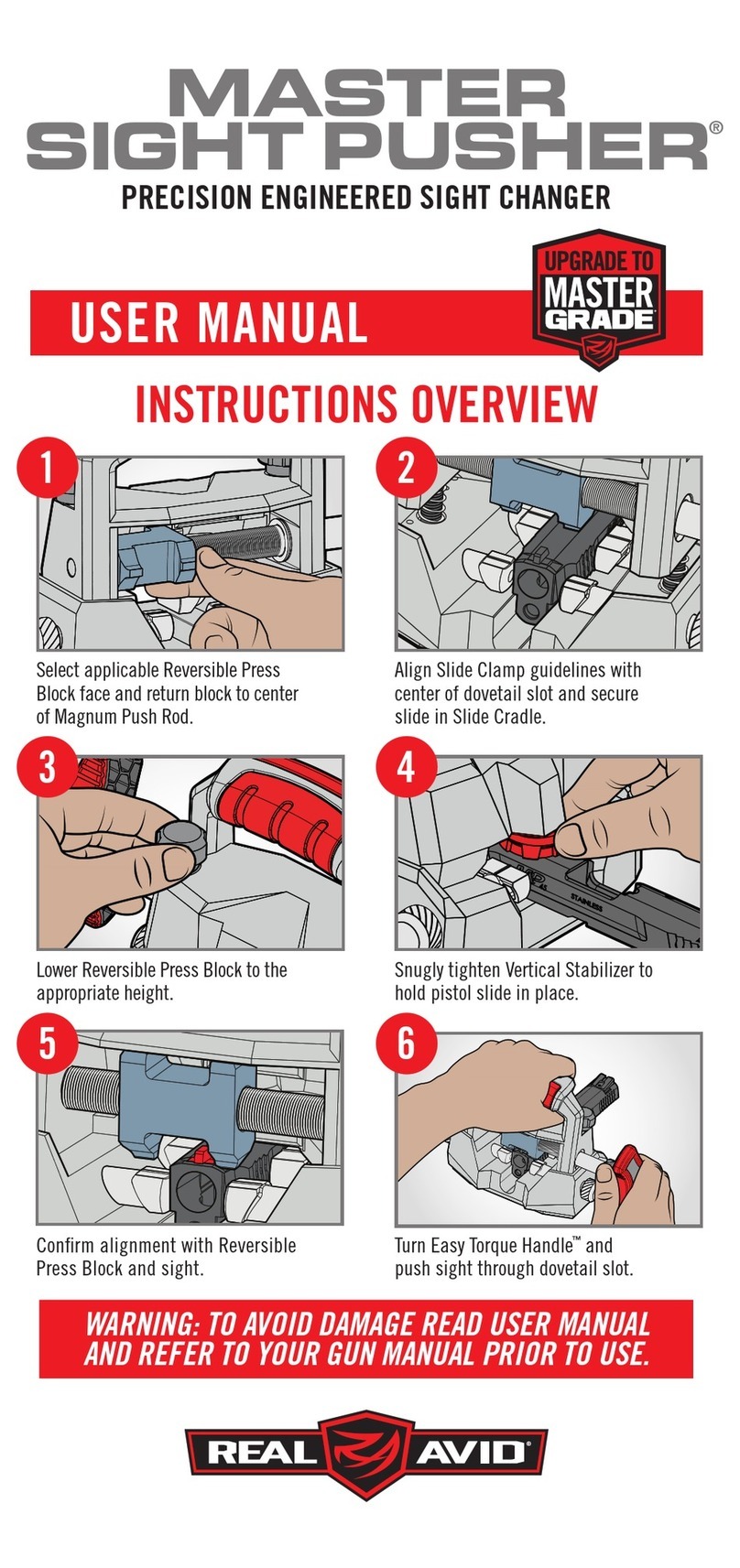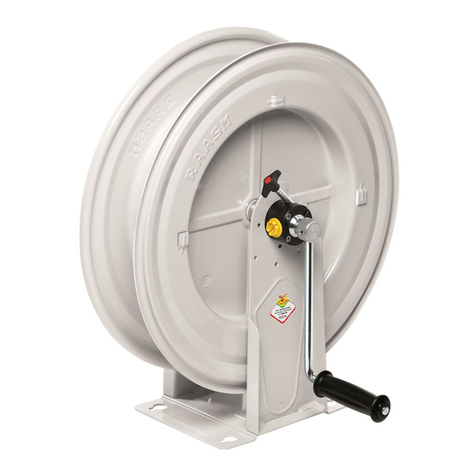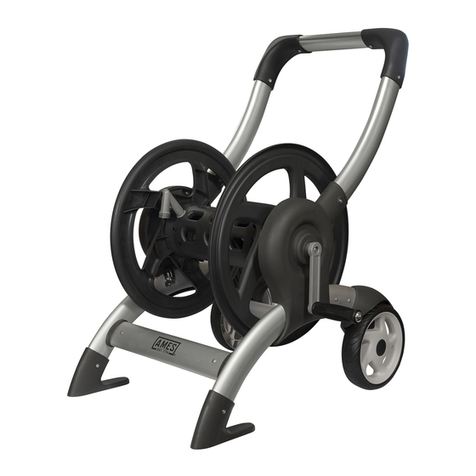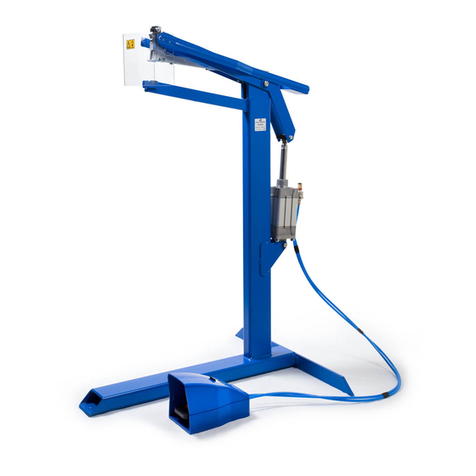Scorpio Miss bipe S2065 User manual

S2065 - Miss Bipe
Technical data
Wing Span 1.080 mm
Length 890 mm
Wing Area 36 dm2
Weight 1.000 g
Wing Loading 30 g/dm2
Radio 4 ch
Electric motor/Cells“400” (7/8 Cells)
Introduction
Biplanes possess a special charm due to their low
wing loading and thus low flying speeds, which allow
them to perform unusual manoeuvres that are beyond
many model’s “normal” flight limits. Your newMiss
Bipe is an updated version of the popular Miss Chief
model that has gained an excellent reputation for its
easy flight characteristics.
To improve performance still further ailerons have
been added to give greater manoeuvrability and total
control. This extra control will be highly appreciated
by those who prefer to use the new small brushless
motors capable of supplying the extra power required
for more aerobatic flight.
Before starting construction
Each construction stage is numbered in the correct
sequence and is illustrated by a building sketch with
the same number. Check off each construction step as
you complete it so that if work is interrupted you’ll be
able to resume where you left off. A bracket [ ] is
placed next to each building stage for this purpose.
Where glue is to be applied, the type of glue needed
is indicated. We do not recommend the use of normal
cyanoacrylate! Recommended glue:
5-Minute Epoxy (5')
Checking the kit
[ ] Check that nothing is missing or damaged, if any
parts are missing or damaged please contact the shop
were the model was bought.
Marking the parts
After checking the kit, in order to avoid confusion and
speed up and simplify construction, it is suggested
that you mark the wooden parts with their part
numbers using a pencil. The part numbers can be
found on page 14
[ ] Remove each die cut part and sand accurately.
Store safely.
Equipment needed
Here is the list of tools you will need to complete Miss
Bipe:
[ ] - Modelling knife
[ ] - Scissors
[ ] - Screwdriver
[ ] - Sanding block and paper
[ ] - Set Square
[ ] - Drill with 1.5mm and 5mm bits
[ ] - Transparent scotch tape 20 mm wide
[ ] - Pins
[ ] - 5-Minute Epoxy (5’)
[ ] - Contact glue for polystyrene
[ ] - Double sided Tape
[ ] - Soldering iron and solder/flux

Miss Bipe S2065
Assembly
1. With a sharp knife trim the covering film away
from the inboard ends of the four wing panels leaving
approximately 1mm of film overlap around the edge.
It is necessary to trim the excess covering away to
ensure a good wood to wood bond for the glue.
2. Carefully cut the hole for the aileron servo in the
lower left wing panel [5]. Repeat the operation on the
lower right wing panel [6].
3. Join and glue the smaller lower wing panels, right
[6] and left [5], together using dowels [B2-4]. If
necessary reduce the diameter of the dowels or
increase the size of the holes in the ribs to fit. Check
that the wings sections are correctly aligned.
4. Using a sharp knife cut through the covering film
along the front edge of the dihedral brace slot.
Peeling the film back will allow the dihedral braces
[DC1-1] to be fitted.
5. Glue together the dihedral braces [DC1-1]. Check
that the assembled brace fits the wing slot. Sand
carefully if required to obtain a perfect fit. Glue brace
into position and smooth down the film flap to cover
the brace.
6. Join and glue the upper wing panels, right [4] and
left [3], together using the dowels [B2-3]. If
necessary reduce the diameter of the dowels or
increase the size of the holes in the ribs to fit. Check
that the wings sections are correctly aligned.
7. Before the glue has hardened check the wing
dihedral angles: 90mm measured at one tip for the
upper wing and 70mm for the lower. If necessary, use
a little glue to fill any gaps left when the correct
dihedral is set.
8. With a pencil mark the position of the upper and
lower wing ply edge doublers [DC3-1]. The doublers
are positioned 20 mm from the centre of the wings on
top of the upper wing and on the underside of the
lower.
9. Using the doubler [DC3-1] draw around its profile
onto the wing surface with a pencil. Cut through and
remove the film 1mm inside the drawn line.
10. Glues the doublers [DC3-1] into place. As the
doublers are fitted to protect the edge of the wings
from damage caused by the elastic wing fixing bands,
they are positioned on top of the upper wing and on
the underside of the lower.
11. Using a drill fitted with a 3mm bit, drill 2 holes
through the corners in the fuselage bottom [7] in front
of the first ply former and as close to the fuselage
side as possible.
12. With a sharp knife cut out a slot between the two
holes for the installation of the undercarriage [9].
13. Glue into place the undercarriage doublers [DC4-
2] and [DC4-8]. Sand carefully as necessary to give a
good fit. Allow to dry.
14. Insert the wire undercarriage [9] through the slot
in the bottom of the fuselage and then lock in place by
gluing the undercarriage securing plate [DC4-7] into
the slot.
15. Before the glue hardens, check that the fuselage
and undercarriage line up squarely. If not, adjust the
undercarriage as required.
16. Slide a wheel lock washer [B2-2] onto the
undercarriage leg [9], then the wheel [B2-1], followed
by another wheel lock washer [B2-2]. Glue the outer
wheel lock washer in place, ensuring no glue is
allowed to come into contact with the wheel. Ensure
that when the glue is dry the wheel can rotate freely.
17. With a sharp knife cut a groove in the top and
rear spine of the fuselage to accept the tail skid [B2-
5].
18. Glue the tailskid [B2-5] into place in the groove,
using epoxy.
19. Using a drill with a 2 mm bit drill the two holes
for the control rod tubes in the rear former [DC4-4].
20. Glue the rear former [DC4-4] into the fuselage
21. Glue the longerons [8] in position on each side of
the fuselage using supports [DC2-5] to set the accura-
te position.
22. Glue the radio plate mounts [DC2-1] in place
over the longerons [8].
23. File a slot in the rudder [1] to give clearance for
the wire elevator joiner [B1-6].
24. Glue the elevator joiner [B1-6] into place linking
the two elevator halves [2]. Check that the two halves
line up correctly.
25. With a sharp knife carefully cut away the film
from the upper surface of the tailplane [2] to match
the width of the fin. Ensure that only the film is cut
away, and that the tailplane is not cut into.

S2065 Miss Bipe
26. Holding the tailplane 10mm behind the rear of
the fuselage as shown, mark the shape of the
fuselage onto the underside of the tailplane with a
pencil. Carefully cut away the film inside this marked
line. The removal of the film allows wood-to-wood
contact for effective gluing.
27. Glue the fin to the tailplane checking that it is
perpendicular, 90º to the tailplane.
28. Glue the completed tail assembly to the fuselage.
29. Check that the tail plane is both horizontal and
perpendicular to the fuselage.
30. With a sharp knife cut away the film to allow the
wing dowels [B2-8] to be inserted. Fit the dowels,
position centrally across the fuselage, and glue into
place with a drop of glue inside the fuselage.
31. Position the two fuselage servos (not supplied) in
the radio plate [DC2-4]. Once in position mark the
fixing holes with a pencil. The servo fixing accessories
are not included. Remove the servos and drill the
servo fixing screw holes – these are normally 2mm.
32. Glue the radio plate [DC2-4] onto the plate
support [DC2-1] inside the fuselage.
33. Install and glue into position former [DC2-6].
34. Glue in place the main wing strut doublers [DC2-
2] to each of the upper wing struts [DC4-1]. Ensure
you make a right and left strut. Using a 6mm bit, drill
the holes for the upper wing dowels.
35. Install the two upper wing struts. These are
positioned with the vertical strut against the rear of
the compartment. Trim the front strut so it fits tightly
up against the front former, with both the strut bases
firmly on the radio support. See diagram. Glue firmly
in place against the fuselage sides.
36. Insert the upper wing fixing dowels [B2-7] into
the upper wing struts. Check that the struts are
vertical and that the dowels are centred then glue in
place.
37. Remove the film from the slots in the rear of the
fuselage for the pushrods [B1-2].
Insert the pushrod tubes into the fuselage slots
leaving the tubes sticking out about 10mm. Glue the
tubes into position.
38. Locate the holes in the rudder and perforate the
film. Install the control horn [B1-9] from the correct
side and fix with the nuts [B1-5]
39. Repeat the operation for the elevator.
40. Install the servos into the radio plate [DC2-4] and
fix in places with screws (not supplied)
41. Insert the wire pushrod [B1-2] into the pushrod
tube on the rudder side. Remove the rudder servo
arm and insert the “Z” part of the wire into the outer
hole on the arm. Re-install the arm. Repeat for the
elevator pushrod except that for the elevator the wire
goes into the central hole in the servo arm.
42-43. Remove the servo arms from your
servos. Switch on your R/C equipment, connect the
servos and centralise the sticks and trims. Screw the
clevis [B1-4] halfway onto the brass adapter [B1-4].
Attach the clevis to the control horn with the pin [B1-
3]. Refit the servo arm to the servo at 90º to the
pushrod. Insert the pushrod into the adapter and
check that the control surface is correctly centred. If
the rod is too long trim it to fit. When the surface is
correctly centred glue or solder the pushrod to the
adapter.
Note – If soldering the pushrod to the adapter
remove the clevis from the adapter before applying
heat otherwise it will melt. Refit when the soldering is
completed.
44. Use a sharp knife and remove the film above the
slots for the aileron torque rods [B1-11] on both the
wing and the aileron.
45. Insert the aileron torque rods [B1-11] into the
wing slot and glue the plastic tube in position. Ensure
that no glue is allowed to get into the plastic torque
tube to ensure that the torque rod can move freely.
46. Assemble the aileron servo tray.
47. Position the aileron servo on the tray and mark
for the servo screws. Remove the servo and drill 2mm
holes for the servo screws.
48. Glue the aileron servo tray into place.
49. Screw the aileron servo into place on the tray.
50. Screw the torque rod horns [B1-8] on to the
aileron torque rods [B1-11] fitting them so that 2mm
of thread appears above the horns. Screw the clevis
[B1-3] on to the pushrod [B1-7] and insert the Z” end
into the servo arm. With the servo centred ensure
that the aileron is correctly aligned with the wing
section. Adjust the clevis [B1-3] as required.

51. Carefully cut out the vac formed ABS fuselage
top deck [10] with a pair of scissors. Cut to the
moulded line. Retain the strips of left over material,
as they will be used in the next phase. With a very
sharp knife carefully score and cut the top deck into
two halves 160mm from the front, the front half will
become the hatch.
52. Glue in place around the inside edge of the top
hatch [10] a strip of the left over ABS. This should be
glued so it overhangs the hatch by about half its
width. See diagram. This will act as a support for the
deck section that is glued to the fuselage.
53. Before starting the next section look at diagram
56 to see how the hatch works. Glue in place the
hatch mounting plate [DC2-3]. Also glue in place the
hatch and deck formers [DC4-9]. Make sure the rear
deck former is placed back enough not to touch the
support lip. See diagram.
54. Glue the mounting plate [DC4-3] for the hatch
retaining screw [B2-6] to the fuselage. Insert the
screw. The screw allows height adjustment for the
hatch fitting.
55. Glue the rear deck moulding in position between
the upper wing support struts.
56. It is now possible to install the deck hatch. The
hatch is placed over the screw and slid back so the
support lip passes under the rear decking. Adjust the
screw until the fit is tight/firm.
57. There are many options in motor choice. The
diagrams show the installation of a Horak type
reduction gearbox. For this installation use parts
[DC5-1], [DC5-2], [DC6-1] and [DC6-2].
58. Glue the parts together to form a motor mount
and adjust it as necessary to suit the motor.
59. With the motor/gearbox assembly installed check
for position and that it lines up correctly. Attach the
motor to the mount using a plastic tie-wrap. Ensure
the tie-wrap is tight and the motor/gearbox unit
cannot slip.
60-61. Install the receiver, speed controller and
batteries as per the diagram.
62. Check the control movements. The rudder should
have approximately 30° of movement left and right,
the elevator and the ailerons 20° up and down.
63. Add decals.
64. With all equipment installed check the centre of
gravity (C of G). The C of G should be 55~60mm from
the leading edge (front) of the upper wing. To adjust
the C of G move the battery forward or back.
Warning!
Your Miss Bipe is relatively small R/C model, which
can be flown in limited spaces. Do not forget
however, that it is not a toy but a potentially
dangerous flying object.
Never fly in crowded places, close to children, next to
buildings, roads, airports or any other potentially
dangerous area.
As owner and pilot of this model it is your
responsibility, and yours alone, to ensure that it is
operated safely. Others cannot judge its capabilities
and so its safe use is entirely your responsibility.
The above said, flown safely you will have many
hours of enjoyment from your Miss Bipe.
HappyFlying!
Box contents
No. Qty. Description
1 1 Fin/rudder assembly
2 1 Tailplane
3 1 Left upper wing panel
4 1 Right upper wing panel
5 1 Left lower wing panel
6 1 Right lower wing panel
7 1 Complete fuselage
8 2 Fuselage longerons
9 1 Undercarriage
10 1 Vac formed fuselage top deck
1 BagB1
1 BagB2
1 Die-cut sheet DC-1
1 Die-cut sheet DC-2
1 Die-cut sheet DC-3
1 Die-cut sheet DC-4
1 Die-cut sheet DC-5
1 Die-cut sheet DC-6
1 Decals
1 Instructions
Miss Bipe S2065

[5]
12
34
56
78
[5]
[6]
[5]
[B2-4]
[DC1-1]
[B2-3]
[4]
[3]
[DC3-1]

910
11 12
13 14
15 16
[DC3-1]
[DC3-1]
[7]
[7]
[DC4-2]
[DC4-8] [DC4-7]
[9]
[7]
[9]
[B2-2]
[B2-2]
[B2-1]

17 18
19 20
21 22
23 24
[7] [7]
[DC4-4]
[7]
[DC4-4]
[8]
[DC2-5]
[7]
[DC2-1]
[7]
[1]
[2]
[B1-6]

25 26
27 28
29 30
31 32
[2]
[2]
[7]
[1]
[2] [7]
[7]
[B2-8]
[DC2-4]
[DC2-4]
[7]

33 34
35 36
37 38
39 40
[DC2-6]
[DC2-2]
[DC4-1]
o6
[7] [7]
[B2-7]
[B1-5]
[B1-9]
[1]
[B1-1]
[B1-2]
[7]
[B1-9]
[2]
[B1-5]
[7]
[DC2-4]
S

41 42
43 44
45 46
47 48
[B1-1]
[B1-2]
[B1-9]
[B1-3]
[B1-4] [B1-1]
[B1-1]
[B1-4]
[B1-3]
[B1-9]
[7]
[B1-10]
[B1-11]
[DC4-6]
[DC4-5]

49 50
51 52
53 54
55 56
S
[B1-7]
[B1-3] [B1-8]
[B1-11]
[10]
[DC4-9]
[DC2-3]
[DC4-9]
[B2-6]
[DC4-3]
[7]
[7] [7]

57 58
59 60
61 62
63 64
[DC6-2]
[DC5-1]
[DC5-2]
[DC6-1]
[7] [7]

B1
B2
[B1-5]
[B1-1]
[B1-6]
[B1-2]
[B1-4] [B1-3]
[B1-7]
[B1-8]
[B1-9] [B1-10] [B1-11]
[B2-1]
[B2-2]
[B2-3]
[B2-4]
[B2-9]
[B2-9]
[B2-5]
[B2-6]
[B2-7] [B2-8]

DC1
DC2
DC3
DC4
DC6
DC5
[DC1-1]
[DC1-1]
[DC2-2]
[DC2-2]
[DC2-3]
[DC2-6]
[DC2-5]
[DC2-4]
[DC3-1]
[DC3-1]
[DC2-1]
[DC4-1]
[DC4-1]
[DC4-2]
[DC4-4]
[DC4-5]
[DC4-5]
[DC4-6] [DC4-8]
[DC4-7]
[DC4-3]
[DC4-9]
[DC5-1]
[DC5-1] [DC5-2]
[DC6-1]
[DC6-2]

Bag [B1]
No. Qty. Description
[B1-2] 2 Pushrod tubes
[B1-1] 2 Wire rods with “Z” bends
[B1-4] 2 Threaded adapter
[B1-5] 4 Nut
[B1-3] 4 Clevis
[B1-6] 1 Elevator joiner
[B1-7] 2 Aileron pushrod
[B1-8] 2 Torque rod horn
[B1-9] 2 Control horn
[B1-10] 1 Right torque rod
[B1-11] 1 Left torque rod
Bag [B2]
No. Qty. Description
[B2-1] 2 Wheel
[B2-2] 4 Wheel lock washer
[B2-3] 2 Upper wing joining dowel
[B2-4] 1 Lower wing joining dowel
[B2-5] 1 Tailskid
[B2-6] 1 Hatch retaining screw
[B2-7] 2 Upper wing dowels
[B2-8] 2 Lower wing dowels
[B2-9] 8 Rubber bands
Die-cut sheet [DC1]
No. Qty. Description
[DC1-1] 2 Dihedral Brace
Die-cut sheet [DC2]
No. Qty. Description
[DC2-1] 2 Radio plate mounts
[DC2-2] 2 Main wing strut doubler
[DC2-3] 1 Deck mounting plate
[DC2-4] 1 Radio plate
[DC2-5] 2 Longeron supports
[DC2-6] 1 Former
Die-cut sheet [DC3]
No. Qty. Description
[DC3-1] 4 Main wing strut doubler
Die-cut sheet [DC4]
No. Qty. Description
[DC4-1] 2 Upper wing strut
[DC4-2] 1 Undercarriage doubler
[DC4-3] 1 Mounting plate
[DC4-4] 1 Rear former
[DC4-5] 1 Wing servo tray side
[DC4-6] 1 Wing servo tray plate
[DC4-7] 1 Undercarriage securing plate
[DC4-8] 1 Undercart doubler
[DC4-9] 2 Hatch/deck former
Die-cut sheet [DC5]
No. Qty. Description
[DC5-1] 2 Motor cradle side
[DC5-1] 1 Motor cradle rear former
Die-cut sheet [DC6]
No. Qty. Description
[DC6-1] 1 Motor front former doubler
[DC6-1] 1 Motor cradle front former
S2065 Miss Bipe

Table of contents
